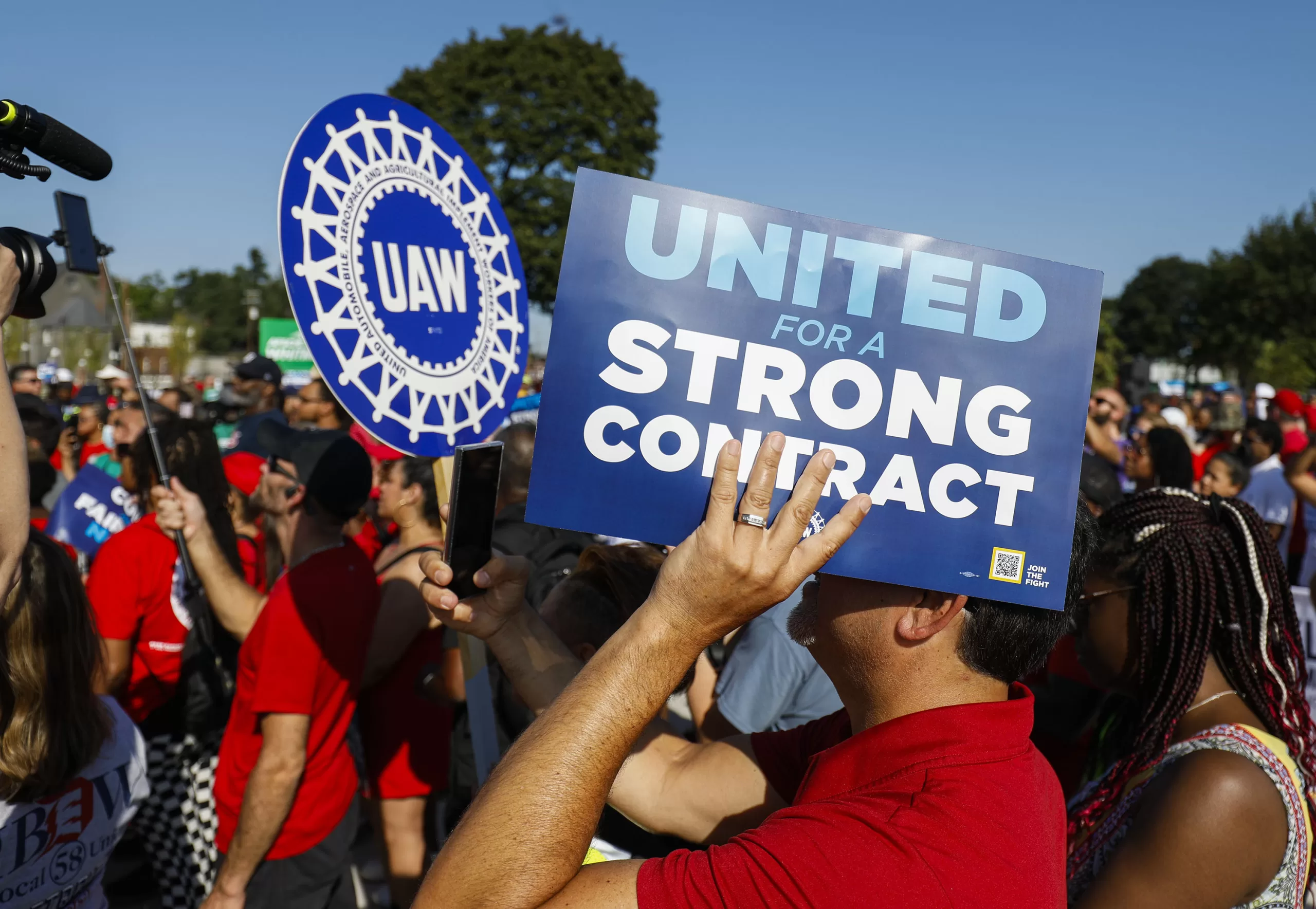Strike activity had dropped off after 2020, but 2023 surpassed pre-pandemic levels of strikes and lockouts for the first time.
The education and health services sector made up 86.7 percent of the work stoppages last year. The majority were private-sector employees.
Experts have pointed to 2023 as a crucial year for the national labor movement, with large and high-profile strikes stoppages involving SAG-AFTRA, Kaiser Permanente, UAW, and the Los Angeles school district.
The BLS data includes any “major work stoppage” that involves more than 1,000 workers for a full shift or longer, not distinguishing between strikes and lockouts.
Another
report tracking strikes, published recently by Cornell University and the University of Illinois, cited 470 work stoppages in 2023 with 539,000 workers involved. The researchers said that was a 9 percent increase from 2022, and that the number of workers involved grew by 141 percent due to large-scale strikes.
The Cornell and University of Illinois researchers argued that the BLS data excludes the “vast majority of strike activity,” clouding an accurate reflection of workplace conflict for policymakers and experts. Before budget cuts in the 1980s, BLS detailed more specific information and included even smaller strikes in its reports.
Large labor disruptions have been decreasing for decades, since at least the 1980s, BLS data shows. The lowest annual total of major work stoppages was five in 2009 and the highest was 470 in 1952.
